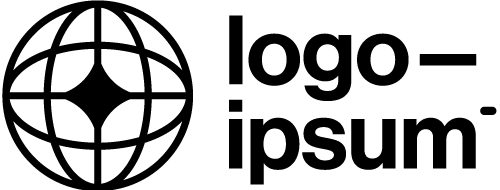Découvrez nos ressources
Profitez d’un accès illimité à des articles de qualité sur les dernières tendances en éducation et en entreprise.
Participez à des programmes de formation
Mettez à jour vos compétences et améliorez votre expertise grâce à nos formations pratiques et interactives.
Rejoignez notre communauté
Obtenez des conseils d’experts et échangez avec d’autres professionnels passionnés par le développement en entreprise.
Découvrez Qui Nous Sommes
Éducation Expert est votre destination de prédilection pour tout ce qui concerne l’entreprise et le développement professionnel.

Nourrissez votre esprit avec notre contenu exclusif sur l’actualité, la formation et le développement professionnel.
Renouveler vos connaissances
Approfondissez et élargissez vos compétences grâce à notre contenu éducatif à jour.
Faire des choix éclairés
Nous fournissons des ressources claires et fiables pour vous aider à prendre des décisions avisées en matière de développement professionnel.
Explorez nos ressources
Articles spécialisés
Nos articles couvrent une variété de sujets pertinents pour les professionnels et les entreprises, allant de l’actualité à la formation en passant par les stratégies de marketing et bien plus encore.
Développement de carrière
Découvrez nos programmes de formation approfondis conçus pour stimuler votre croissance professionnelle et vous aider à atteindre vos objectifs professionnels.

Nous proposons une variété unique de services pour vous aider à atteindre vos objectifs.
Grâce à nos formations de haute qualité et à notre expertise en marketing, gestion et autres domaines clés, vous ferez la différence dans votre secteur.
Formations engageantes
Découvrez nos formations interactives conçues pour développer vos compétences et vos connaissances en entreprise.
Stratégies de marketing éprouvées
Réalisez votre potentiel avec nos techniques de marketing éprouvées pour promouvoir votre entreprise et augmenter votre visibilité.
Expertise en gestion
Améliorez vos performances en tant que responsable en utilisant nos ressources spécialisées en matière de gestion et de leadership.
Consultation personnalisée
Notre équipe de professionnels vous fournira des conseils personnalisés pour vous aider à réussir dans votre domaine.
Donnez le pouvoir aux professionnels et aux organisations pour prospérer.
Prêt à passer à l’action et à faire évoluer votre carrière et votre entreprise ?
Chiffres clés
Découvrez notre impact et notre expertise en développement professionnel.
Actu
250K
Business
500K
Formation
1M
Marketing
750K
Les marques qui nous font confiance




Donnez le pouvoir aux professionnels et aux organisations pour prospérer.
Prêt à passer à l’action et à faire évoluer votre carrière et votre entreprise ?
Articles récents
Restez à jour sur les dernières actualités et tendances de l’industrie grâce à notre blog d’entreprise.
Guide Ultime : Élaborer une Stratégie de Marketing de Marque Gagnante
Comprendre l’importance d’une stratégie de marketing de marque Une stratégie de marketing de marque réussie[…]
L’Impact Crucial de la Psychologie du Travail sur le Leadership Efficace
Les Principes Clés de la Psychologie du Travail La psychologie du travail joue un rôle[…]
Maîtrise des Risques Environnementaux dans l’Industrie Chimique : Techniques Incontournables et Innovantes
Techniques incontournables pour la gestion des risques environnementaux dans l’industrie chimique La gestion des risques[…]
